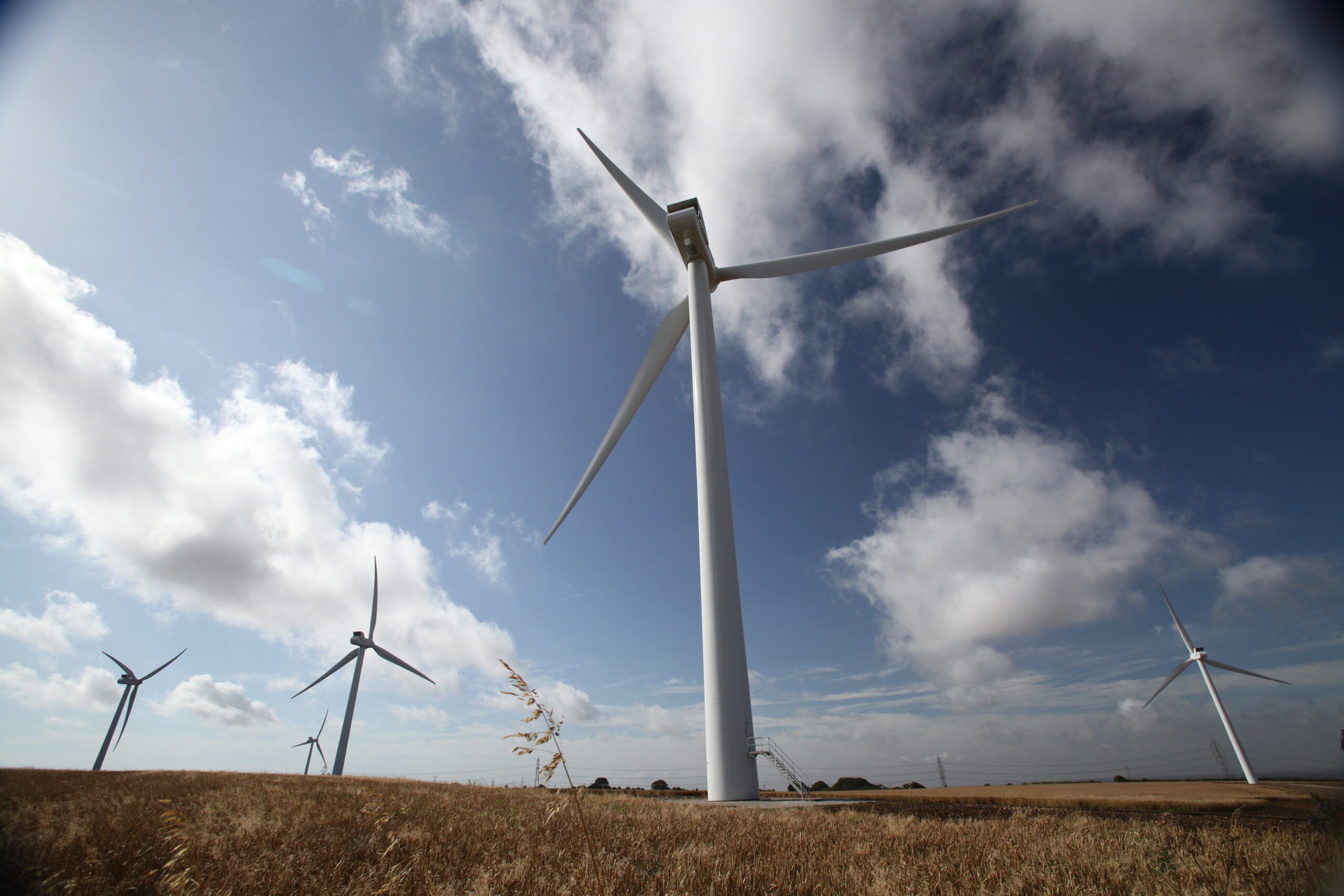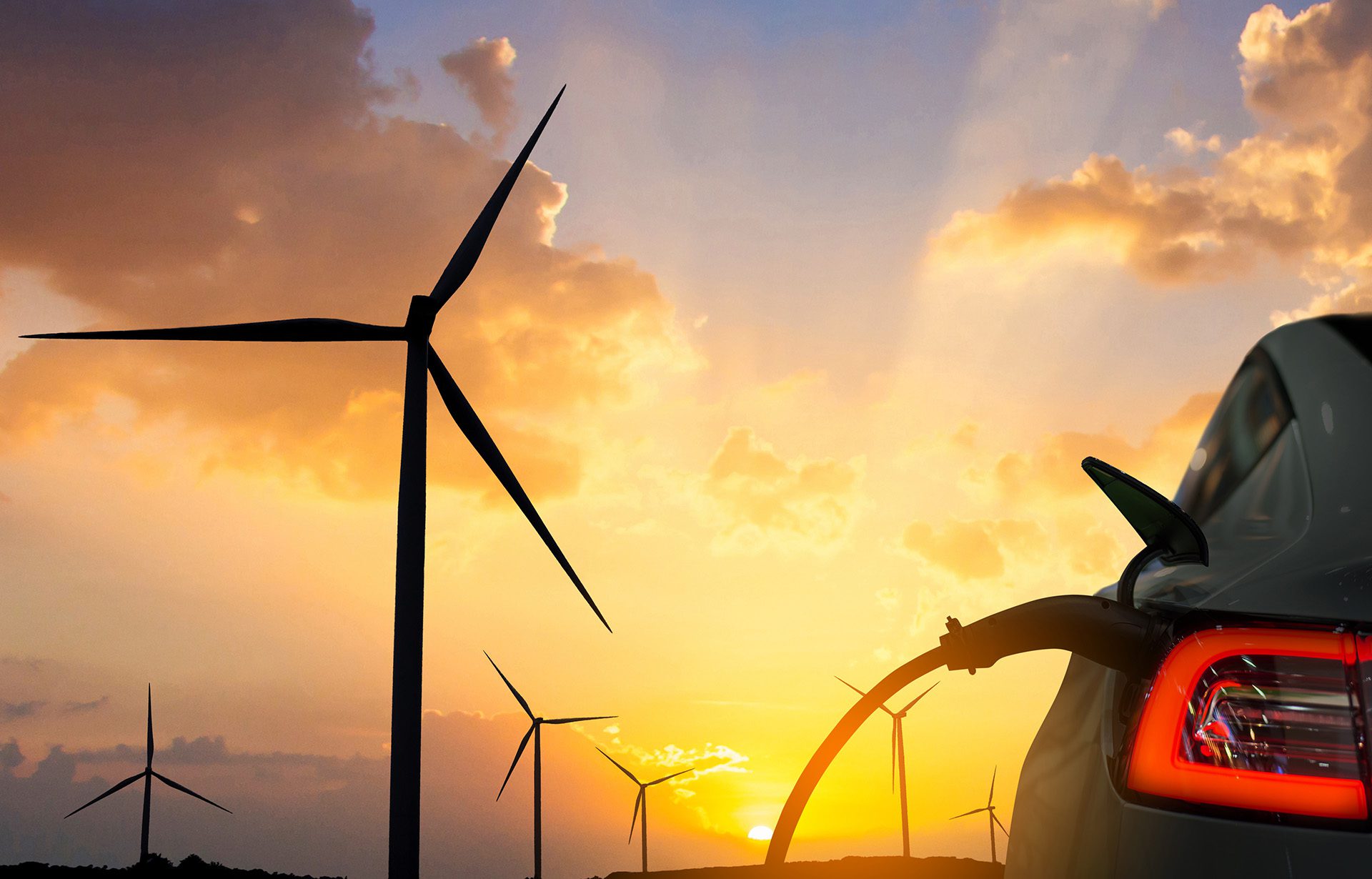What We Do
Building for the Future
Wind Energy
Harnessing the Power of the Wind
Wind power plays a key role in delivering low-cost, zero-emission electricity while providing long-term benefits to landowners and communities.
Why Onshore Wind?
- One of the most affordable renewable energy sources.
- Uses minimal land space, leaving 90% available for farming or other activities.
- Provides stable, long-term income for landowners.
How We Develop Wind Projects:
- Identify and assess suitable land.
- Secure planning approval and grid connection.
- Design projects for maximum efficiency & minimal impact.


Solar Energy
Powering the Future with the Sun
We work closely with landowners to identify prime solar opportunities, building trust through transparent agreements that unlock long-term income while supporting the transition to clean energy. Our tailored approach ensures every solar project is beneficial for both the land and the local environment.
Why Solar
- Reliable & abundant - The sun provides more energy in one hour than the world uses in a year.
- Low maintenance - Minimal operational costs after installation.
- Multi-use land - Solar farms can support agriculture (agri-voltaics) while generating energy.
How We Develop Solar Projects:
- Find high - potential solar sites with strong energy yields.
- Secure planning, grid access, and land agreements.
- Design solar farms that maximise efficiency & environmental benefit.
Complementary Technologies
Enhancing Renewable Energy Projects
Beyond wind and solar, we integrate cutting-edge technologies to improve energy storage, distribution, and sustainability.
Key Technologies We Integrate:
- Energy Storage - Batteries & long-duration storage ensure stable energy supply.
- EV Charging - Supporting clean transport with renewable-powered charging stations.
- Green Hydrogen - Converting surplus renewable energy into zero-emission fuel.

